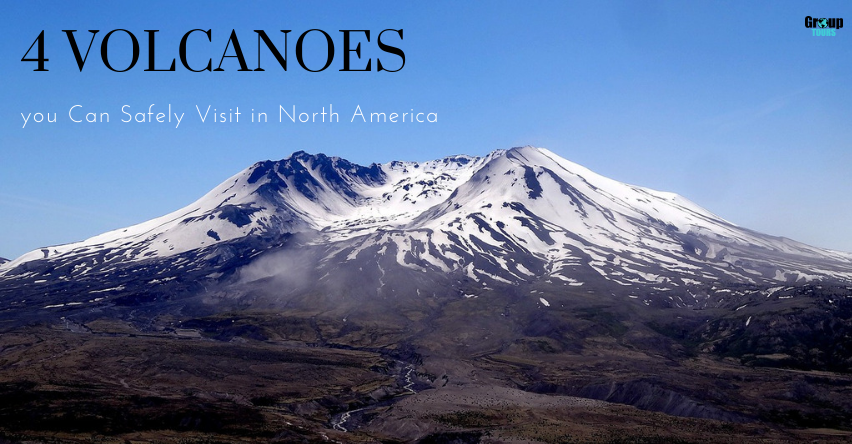Some of the most gorgeous, unexplored, and overall intriguing natural landforms in the world are undoubtedly volcanoes.
Here's a bit of background info, thanks to ready.gov: A volcano is considered to be any mountain that opens downward to a reservoir of molten rock below the surface of the earth. Volcanoes are vents through which molten rock escapes to the earth’s surface. When pressure from gases within the molten rock becomes too great, an eruption occurs.
While you may have negative reactions to the thought of traveling to climb or observe a volcano, the truth is that there are so many gorgeous nonactive or minorly active stratovolcanoes you can visit safely!
There are a total of 253 volcanoes throughout North America, plenty of them being completely safe to explore!
Here are our top 4 Volcanoes you Can Safely Visit in North America.
Mt. St. Helens - Pacific Northwest
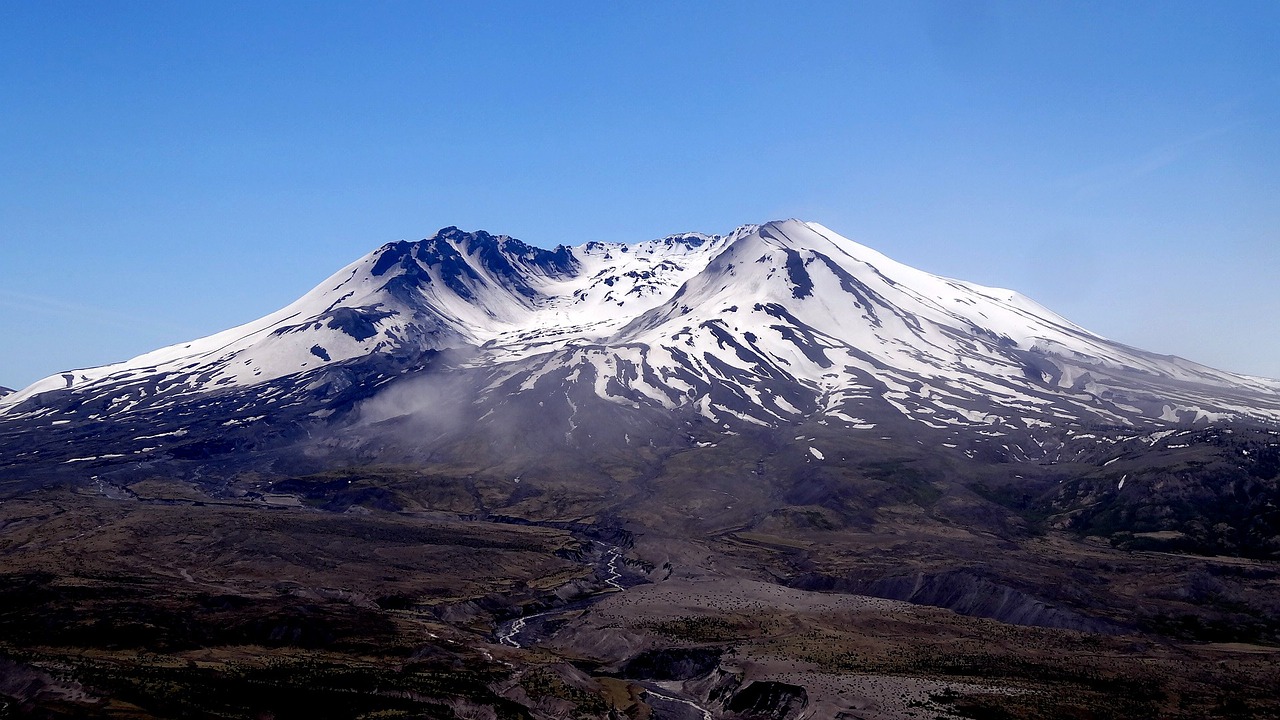
Mt. St. Helens, Washington Pixabay Public Domain
Located in Washington on the Yakama Indian Reservation, about an hour and a half northeast of Portland, Mt. St. Helens stands majestically against the Washington backdrop as one of the most visited in the United States.
This active stratovolcano holds several areas completely safe to climb and observe. Mt. St. Helens saw it's last, truly devastating eruption in 1980, though the landscape created after the dust (ash) settled is truly astounding.
Head to Monitor Ridge for a 7-12 hour hike upward and you will get to see the crater, blast area, and peaks. Hummocks Trail, Harry Ridge, Meta Lake Trail, and the stretch from Norway Pass to Mt. Margaret are also excellent hiking areas.
Mt. Redoubt - Alaska
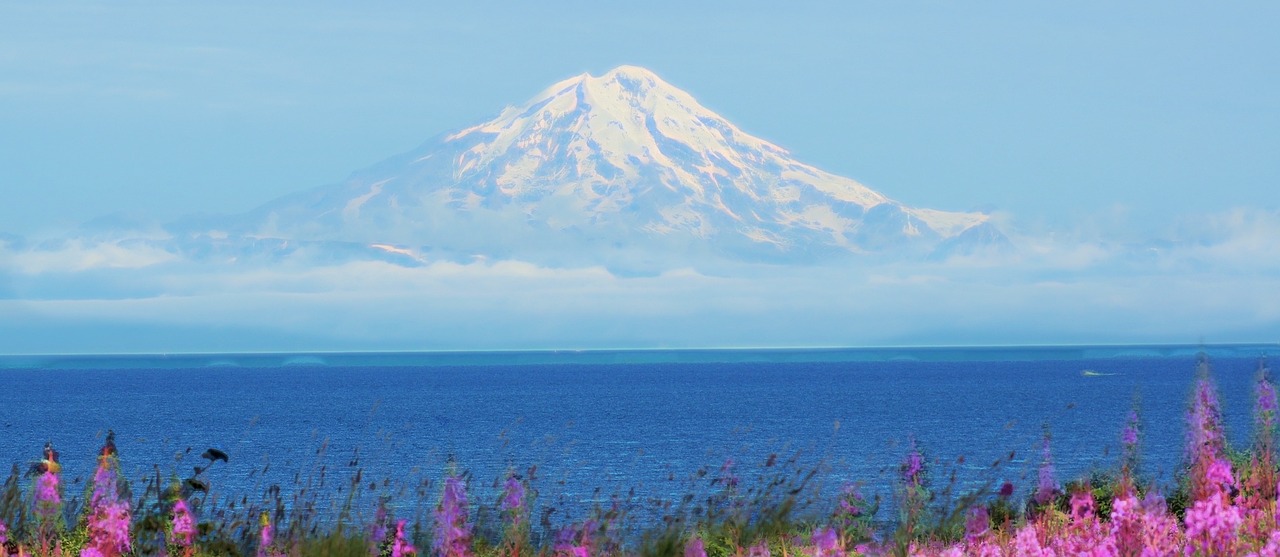
Mt. Redoubt, Alaska Pixabay Public Domain
One of the most stunning volcanoes in North America, Mt. Redoubt is a true Alaskan wonder. Sitting along the Aleutian Range just under 200 miles southwest of Anchorage, this active stratovolcano is a bit different than the first in that it requires considerable expertise to climb.
The highest peak sits at 10,000 ft, and trust us, the climbs surrounding it aren't exactly easy. The views are worth it, however, this range sitting right on the border of the United States and Canada and providing sweeping Alaskan scenery any which way you look.
Not an expert climber? Don't worry, there are plenty of trails along the base to explore!
If you happen to find yourself on the Canadian side of the volcano, be sure to venture Depot Creek Trail.
Tequila Volcano - Mexico
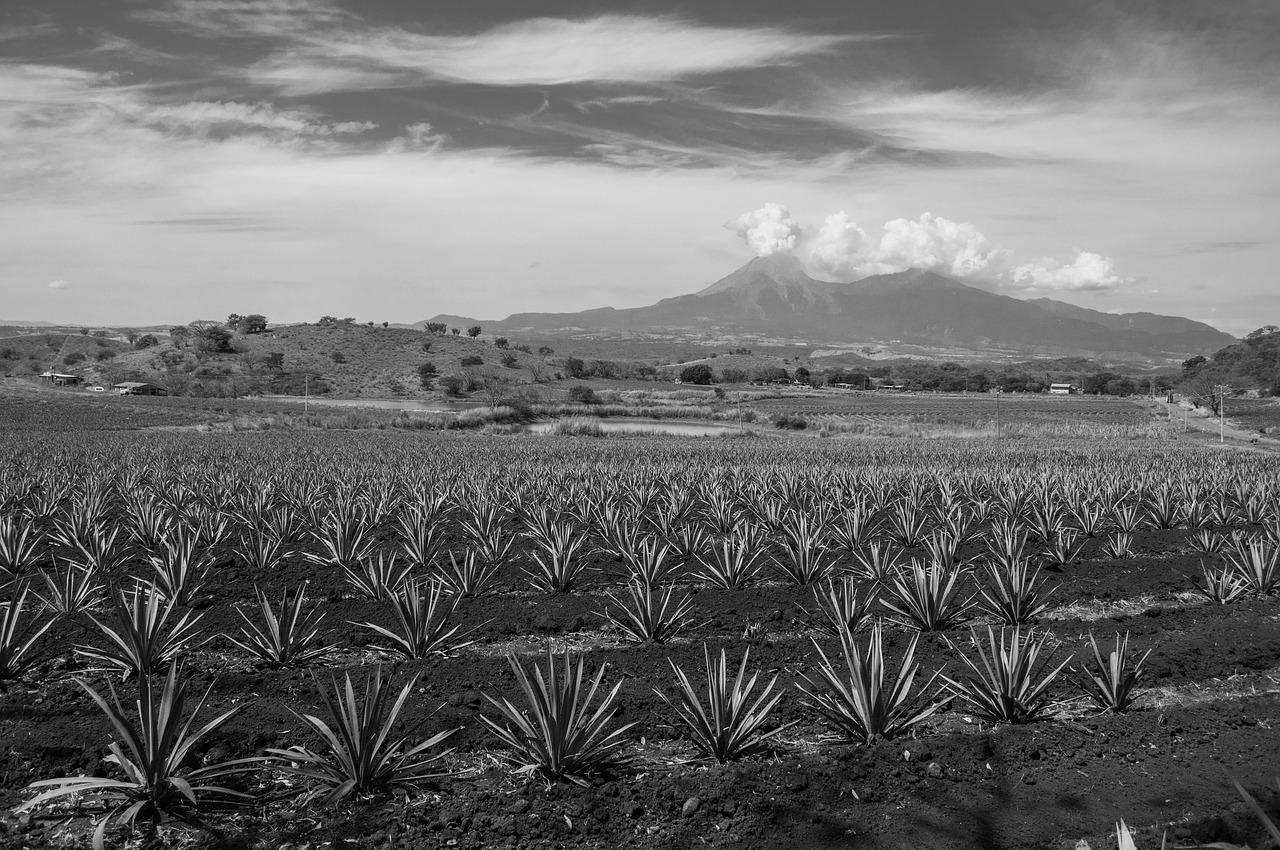
Agave Field Pixabay Public Domain
Tequila Volcano, or more properly Volcan de Tequila, is an absolutely stunning extinct stratovolcano located along the Trans-Mexican Volcano Belt, near Jalisco Mexico. Aside from the summit itself, one of the most beautiful and unique things about this volcano is the surrounding blue agave fields, hence the name Tequila Volcano.
The last eruption seen here was over 200,000 years ago, making this spot a highly trusted tourist location today. Eco-trips, day climbs and hikes, and trips to the onsite Tequila Distillery are all very popular activities here.
The highest peak reaches 9,500 feet, and the hiking trails and climbing paths are abundant!
Arenal Volcano - Costa Rica
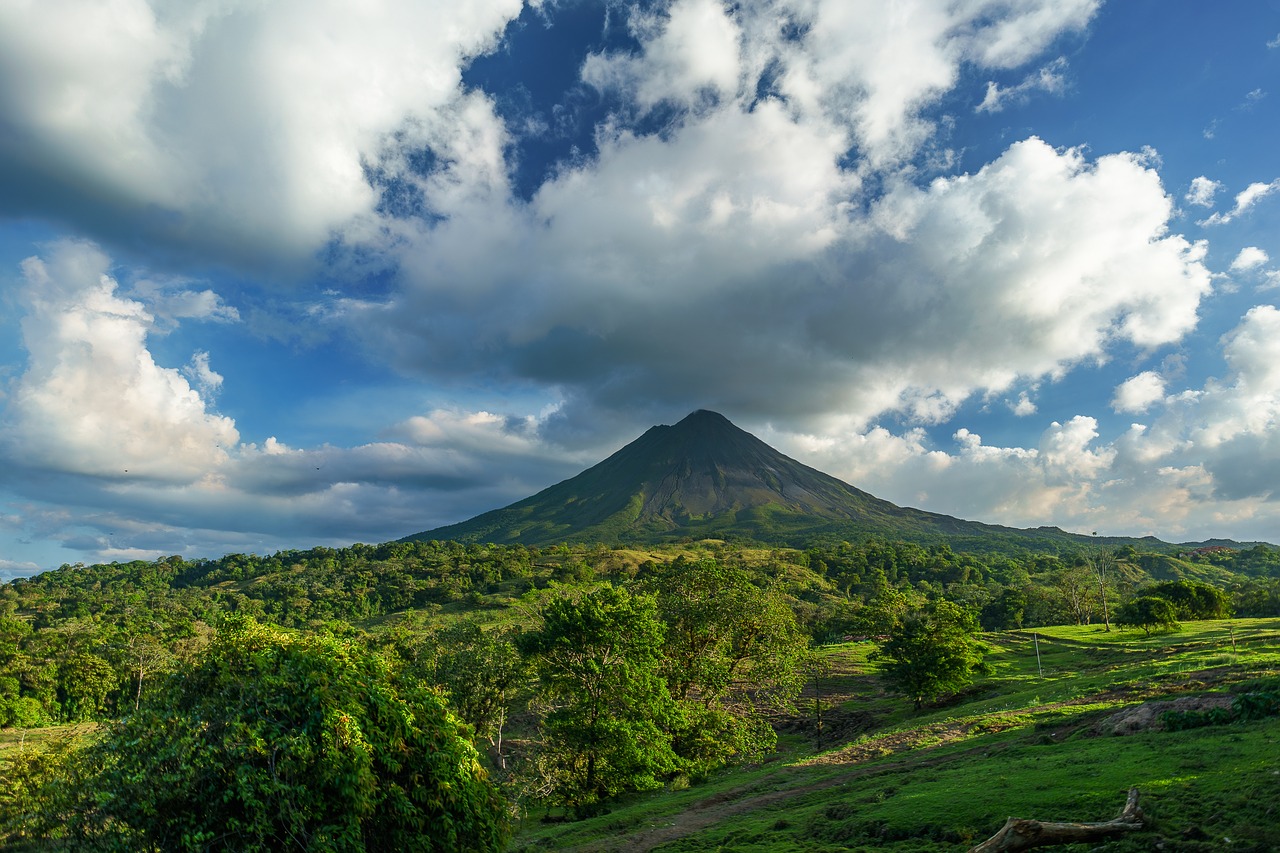
Arenal Volcano Costa Rica Pixabay Public Domain
Hot springs, endless amazing viewpoints, and several recreational activities such as horseback riding and biking, await at Arenal Volcano, a true Costa Rican gem.
Arenal Volcano is an active andesitic stratovolcano in north-western Costa Rica, around an hour northwest of the province of Alajuela, San José.
At a relatively low elevation of 5,437 feet, this volcano stands proudly over green hillsides all along its base.
At one point Arenal was the country's most active volcano (past 40 years), but the last major eruption happened in 1968. In its entire history, this has been it's most deadly event, killing a total of 87 people and burying 3 different villages. Today, however, it is completely safe to hike, climb, and observe.

